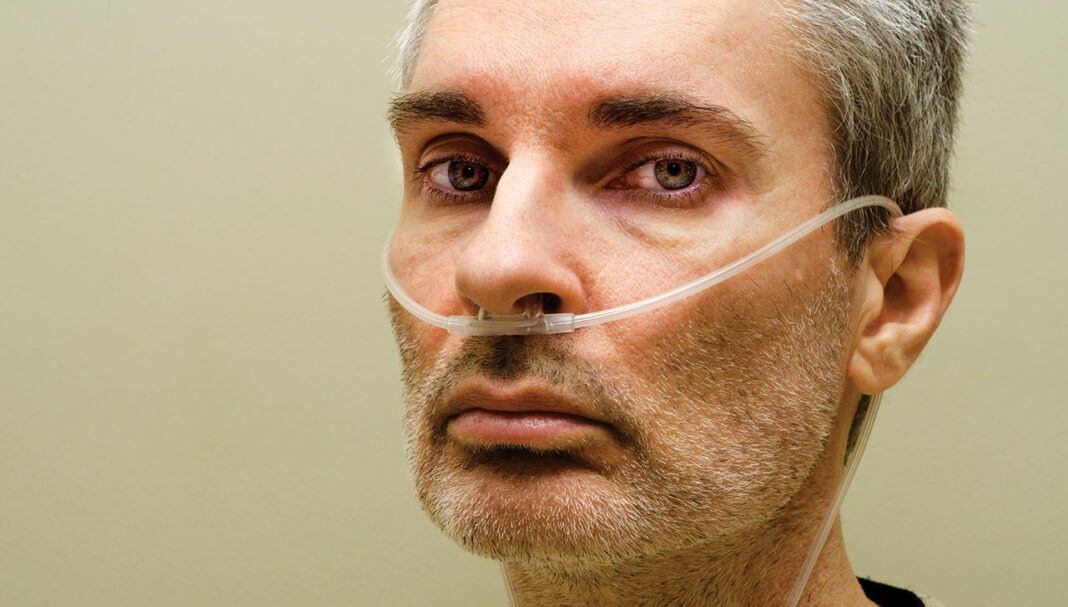Case scenario
Mrs Ma, aged 60, presents with a prescription for osimertinib 80 mg once daily. It is a new medicine for her. She has a history of metastatic adenocarcinoma NSCLC with right-lung primary and bone metastasis. Mrs Ma returns to the pharmacy 2 weeks later complaining of a rash and tenderness to her arms. On examination, the rash looks pustular and erythematous and only extends to her right forearm. Mrs Ma denies any other rashes on her body or recent changes to her medicines or creams/body washes.
Learning objectivesAfter successful completion of this CPD activity, pharmacists should be able to:
Competency addressed: 1.1, 1.4, 2.1. 2.2, 3.1, 3.2. 3.3 3.5 |
Already read the CPD in the journal? Scroll to the bottom to SUBMIT ANSWERS.
Introduction
Lung cancer is the most common cause of cancer-related death both worldwide and in Australia.1,2 Lung cancer is the fifth most diagnosed cancer in Australia, with the highest mortality rate and a 5-year survival rate of around 18%.1,2 There are two major subdivisions of lung cancer: small-cell lung cancer (SCLC) and non-small-cell lung cancer (NSCLC).3–5
NSCLC accounts for approximately 85% of all lung cancers, with the remaining being SCLC.3–5 NSCLC arises from t
THIS IS A CPD ARTICLE. YOU NEED TO BE A PSA MEMBER AND LOGGED IN TO READ MORE.















